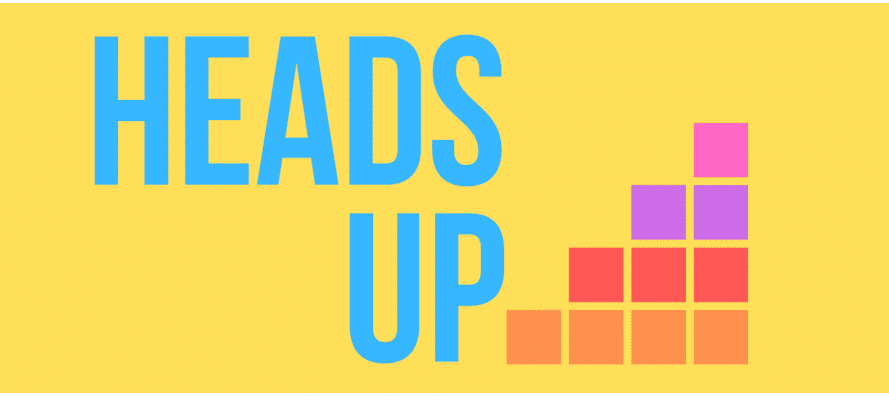Heads Up Think Piece: Diversity – Can we have a look at it?

Written for Heads Up by Paula Tankard.
Diversity is often referred to in terms of ‘people who look different’. However, not all diversity is visible. This think piece is about a different side to diversity but one that is less visible.
I believe that more conversations about diversity and inclusion have happened in schools in the past term than ever before – and this is great. People know more about the Equality Act (2010) and are implementing the recommendations. Many educators can name some of the protected characteristics listed in the act. There are nine, and it is against the law to discriminate against someone because of:
- age
- disability
- gender reassignment
- marriage and civil partnership
- pregnancy and maternity
- race
- religion or belief
- sex
- sexual orientation
Now how many of these are visible? Have a quick look at the list again and think how many you could identify in the group below?

There are many characteristics that are clearly visible, some that are sometimes visible and some that are completely invisible. So if you have one of the invisible characteristics you have to tell people for them to know.
I am a headteacher who also happens to be gay. When a protected characteristic is visible you don’t have to include this in your first meeting with staff. However, when you are gay, questions arise about when you tell people followed by the issue of who do you tell? Should staff know but not parents? Should the children know? Some might say ‘It is none of their business’ and to a certain extent I agree. But if I don’t say it, I’m not being my true authentic self. If I value this in others how can I lead by example by staying in the closet?
When to reveal my sexuality is always an issue. Should this be when I introduce myself ‘Hello I’m the new headteacher and I’m gay’. Clearly not, so how do I do it? Do I rely on staffroom gossip to do the job for me? A casual comment to the ‘right’ person at 8:30am could mean that the whole school knows by playtime. Each time I have done it differently, so clearly there is no right or wrong way and it is up to each individual to find a way that works for them.
When I was a class teacher (approximately 20 years ago) I was specifically told that I could not reveal my sexuality to any pupils or parents from the school. This was said because ‘Parents would not want me to be in the classroom when children are changing for PE, as I would see girls in their underwear.’ I did question if they thought being a lesbian was the same as being a paedophile, although this question wasn’t answered and I received an apology, it had still been said. The lasting effect of this statement was a reluctance for me to tell anybody at work who I am.
I have listened to various facilitators and trainers talk to school staff and leadership teams to say ‘You need to have people who look different on your SLT, staff or governing body’.
‘You need visible role models for the children in the school from Black, Asian and Minority Ethnic communities’. I do not disagree and have said the same thing myself. However, I wonder if the focus on ‘look’ means that invisible protected characteristics are overshadowed?
So I ask when you discuss diversity in school, during assemblies, staff meetings and governor meetings, please talk about people who ARE different not who LOOK different. Make sure you include all protected characteristics in your presentation and discussion.








Responses